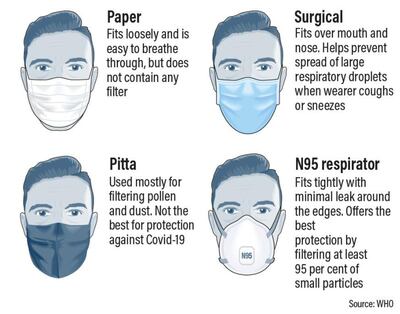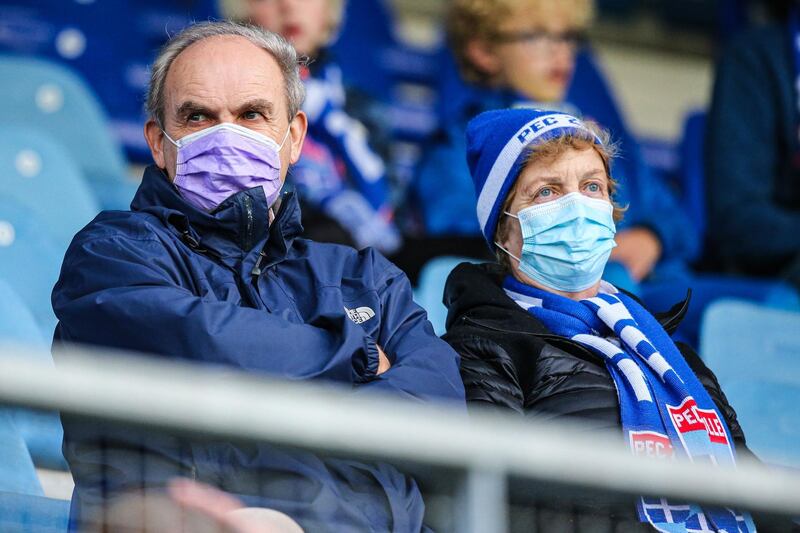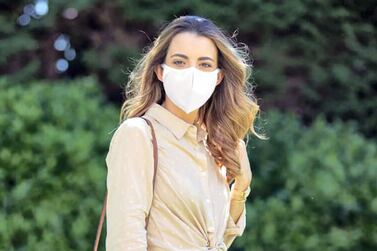An article in the New England Journal is claiming that universal face masking can not only slow the spread of coronavirus but lessen its severity too.
With the world awaiting a vaccine (see the table below to see the stages global vaccine trials are currently at), if the hypothesis proves accurate, masks could work as a proxy vaccine by exposing wearers to less severe doses and thus building immunity.
The article was co-authored by Prof Monica Gandhi and Prof George Rutherford of the San Francisco School of Medicine.
They wrote that “If the [viral load] matters in determining the severity of [Covid-19], an additional hypothesised reason for wearing facial masks would be to reduce the [viral load] to which the wearer is exposed and the subsequent clinical impact of the disease.”
To corroborate their assertion, they cited data on asymptomatic infection rates.
The global average was estimated by the Centres for Disease Control and Prevention in the US to be 40 per cent; in countries where mask wearing is universal, the rate doubles to 80 per cent.
On a more micro level, they pointed to an outbreak on a closed Argentinian cruise ship where passengers were provided with surgical masks and staff N95 masks, and the asymptomatic infection rate was 81 per cent.
This compared extremely favourably to outbreaks on earlier cruise ships, without universal masking, where rates averaged around 20 per cent.
The co-authors also adduced two recent outbreaks in US food processing plants which produced similar findings.
With the world anxiously awaiting a vaccine, they concluded by calling for population-wide masking and more studies on viral loads and the spread of the virus in areas with a high proportion of asymptomatic infections.
Convinced by the argument? If so, here is a graphic showing the different types of mask you can purchase:








